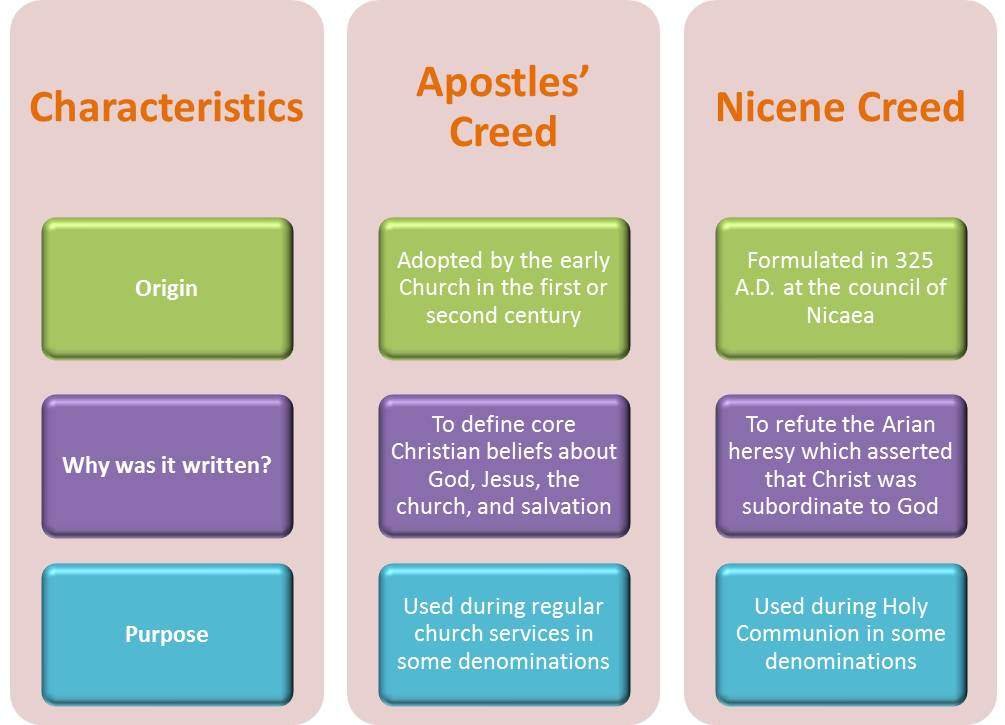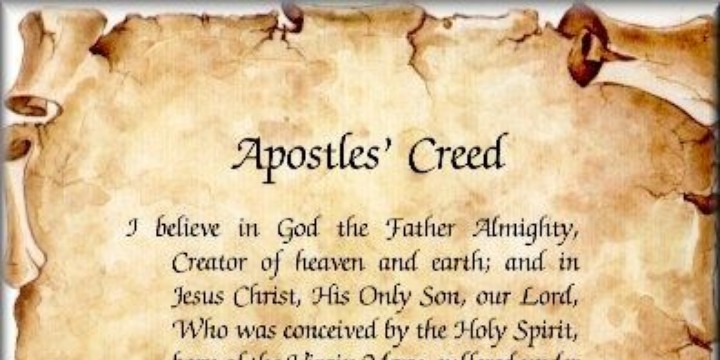The Relationship Between Creed and Belief
Creeds as Fixed Statements
Creeds are defined statements that outline fundamental principles or points of doctrine. They tend to represent shared positions rather than personal beliefs. A creed takes the form of an established formulation that conveys important ideas in a precise manner. As fixed statements, creeds are designed to eliminate ambiguity and uncertainty for those who accept their underlying messages. However, they do not require internal acceptance or confirmation through personal experience in the same way that beliefs demand. Creeds can be adopted by groups to demonstrate membership or adherence to commonly held principles without necessitating full-hearted belief by individual members.

Belief as a Flexible System
In contrast to creeds, belief represents a more flexible system that involves internal inference and acceptance rather than rigid definitions. The word “believe” stems from terms related to love, demonstrating how beliefs engage the heart in a way that exceeds mere intellectual assent. Rather than static statements, beliefs form a network of ideas, values and perspectives that people use to make sense of life. This network evolves over time as new experiences shape understanding. While creeds aim to eliminate ambiguity, belief tolerates uncertainty as people draw inferences without enjoying perfect knowledge. The flexibility of belief allows room for personal development that goes beyond what creeds alone can provide.
Shared Principles versus Personal Journey
Communities tend to unite around shared creeds that communicate fundamental positions to outsiders. Membership or association with a group often implies a basic level of creedal agreement. However, individuals follow unique paths of belief formation based on their circumstances. Personal creeds may exist, but they differ from the creedal statements that represent organized bodies. A person’s belief system stems from their internal processing of life events rather than external definitions. Therefore, creeds focus on unity through formulation while belief centers on each person’s distinctive journey of making sense of existence. Both play important roles, with creeds providing common ground and belief allowing for diversity of perspective.
Belief in Action Despite Uncertainty
In everyday life, people continually make inferences and draw conclusions without enjoying absolute certainty. We form working hypotheses to guide decisions based on the available evidence even when questions remain. Total proof may never arrive for many propositions we implicitly or explicitly accept. Therefore, effective living demands a degree of risk-taking founded upon reasonable beliefs. As with any venture,managed risk based on sufficient indicators holds more promise than paralysis through demanding impossible guarantees. Strategic failure tolerance acknowledges that missteps occur during the process of learning from experience. Short-term setbacks pose less danger than long-term stagnation resulting from unlimited hesitation. Belief gives vitality to human endeavor by permitting progress even when complete answers stay elusive.
Balancing Belief and Evidence
Finding equilibrium between data and intuition presents an ongoing challenge. An excess of either skepticism or credulity threatens wisdom and well-being. On one side, discounting evidence allows subjective fancies unchecked sway. On the other, demanding unrealistic proof prior to any inference or course of action guarantees paralyzing analysis. Wisely steering a middle path involves weighing signs and antecedents, acknowledging room for error, updating perspectives as new inputs emerge, and acting decisively when reasonable belief formation points the way even if absolute certainty evades grasp. Life calls one to make the best judgments possible based on accessible inputs rather than insisting on impossible standards of total confirmation.
Expanding Horizons through Respectful Pluralism
In societies embracing diversity, significant differences in belief inevitably arise. However, mutual understanding and constructive coexistence also become attainable. With open and respectful discussion, individuals expand their horizons by appreciating how alternate viewpoints arose based on divergent experiences. While core beliefs shape distinct worldviews, areas of common interest and shared hopes for community well-being often emerge upon reflection. Respectful pluralism nurtures expansion of thought beyond rigid positions through encountering perspectives previously unfamiliar or even threatening. As with the flexibility inherent in belief formation itself, pluralistic engagement increases knowledge and promotes harmony as people learn from one another across perceived boundaries.
Conclusion: Belief as Central to Human Experience
Far from a marginal concern, processes of belief represent a fundamental aspect of living. As social beings, humanity thrives through shared platforms like creeds but also honors the diversity inherent in personal journeys. Living demands perpetual acts of judgement based on fallible information in the absence of full evidence. Progress emerges from principled yet tolerant risk-taking rather than risk avoidance. And enriching community arises from the capacity to understand views unlike our own while maintaining identity. At life’s core lies continual shaping and reshaping of perspective through belief.
